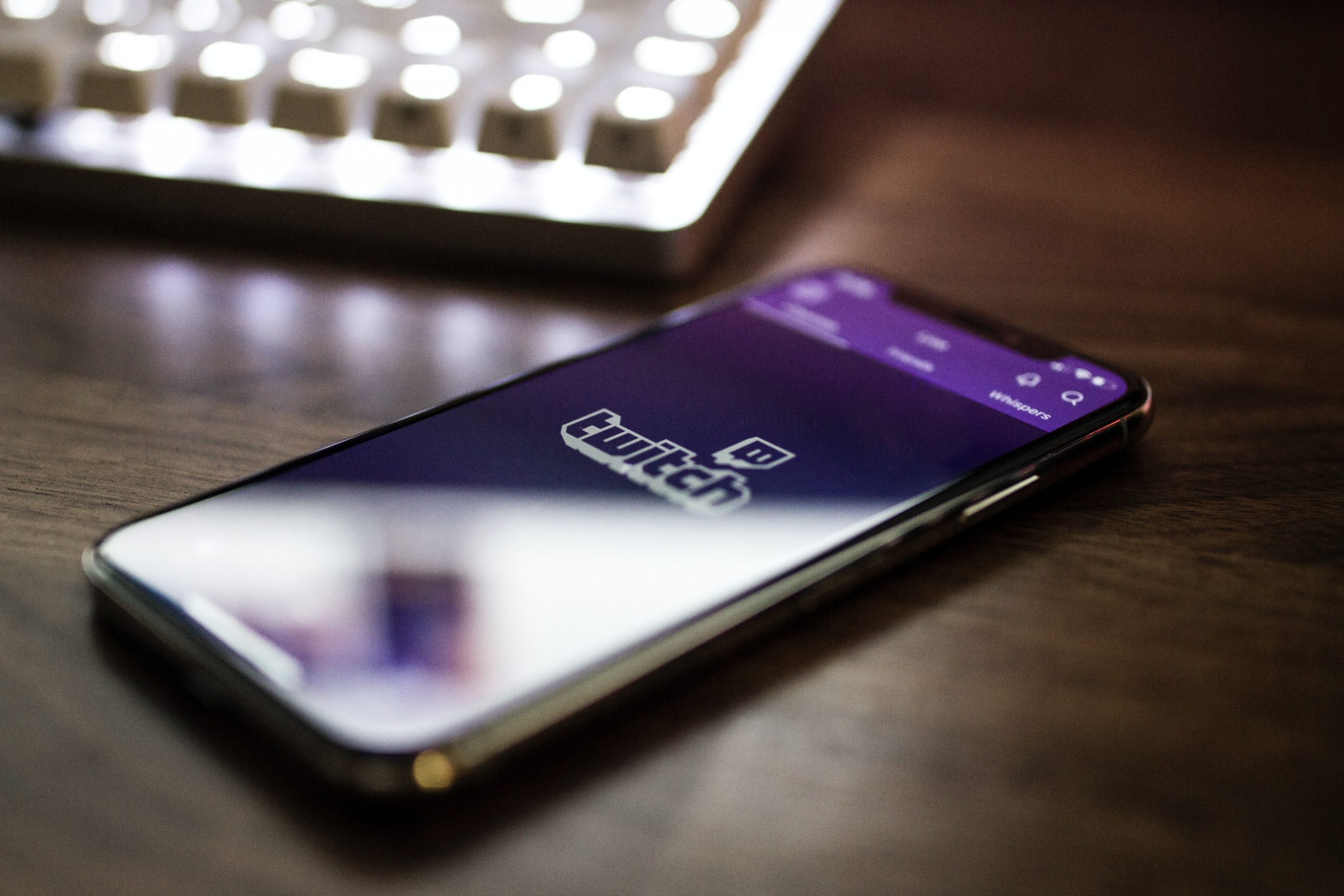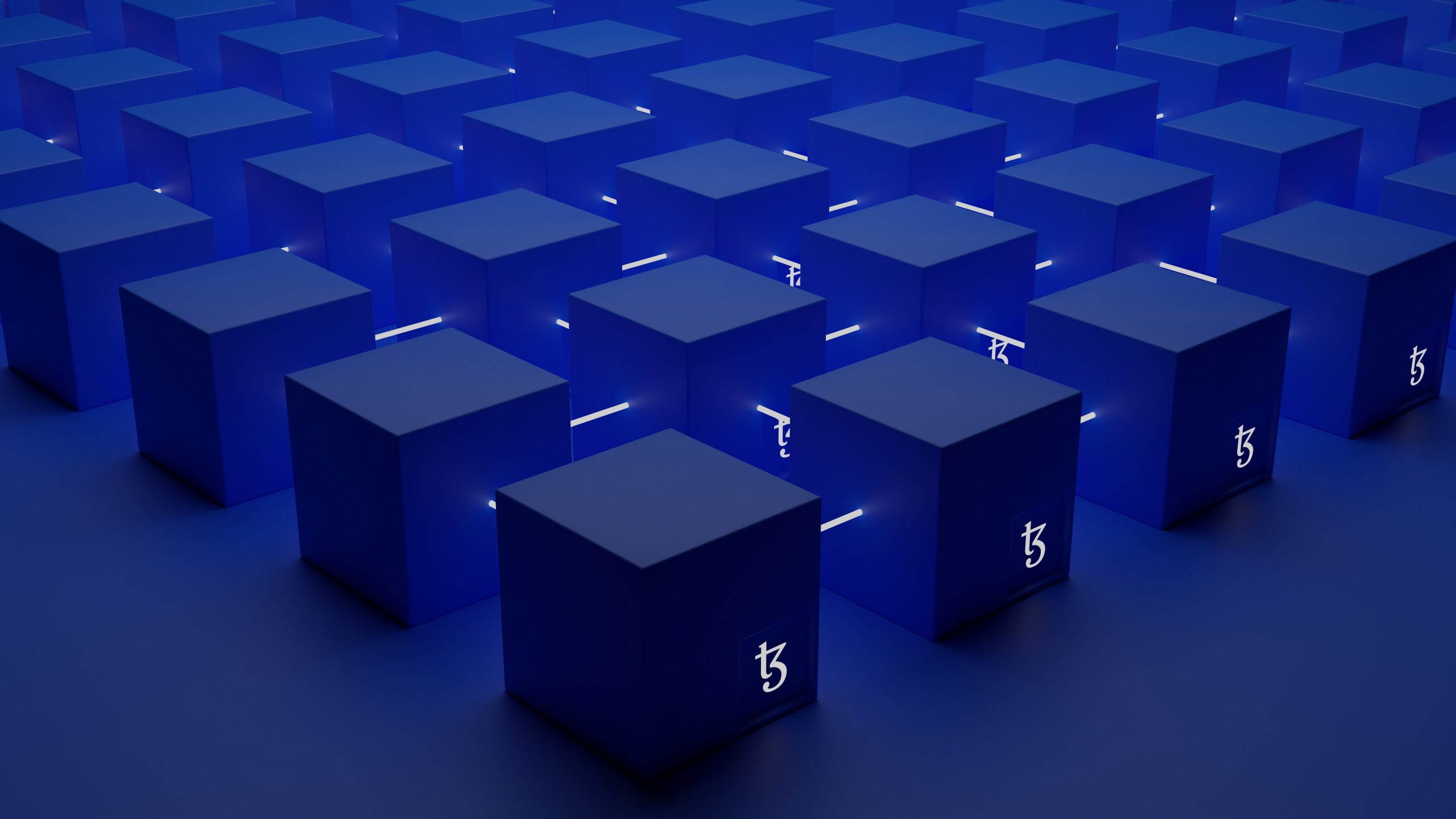What is “independence” in music in 2021?
The terms “independent” or “independence” in music have long been contentious; however, the COVID-19 pandemic, as well as the rise of technologies such as NFTs, have led to increased discussions about what they actually mean in 2021, and how these terms are going to evolve in meaning and scope in the 2020s.
Musical independence is often looked at as either a quasi-unattainable goal for anarchy-leaning artists who want to break free from the big, bad corporate players or a nostalgic notion based on local record stores, small recording studios and rags-to-riches stories driven by business-savvy artists. These visions are both skewed: in reality, multi-national corporations have always resided in the music industry’s throne room – as these companies were and still own or have direct access to the means of production.
Therefore, how should we view music independence in 2021? And what does the future look like?
Music independence as a spectrum: The 6 Key Principles
According to Applied Science, a working definition of musical independence depends on six fundamental principles, which are:
Data Control – This refers to ownership rights – master rights and publishing rights – as well as other data such as consumer data, payment details, archiving metadata and so on.
Financial Clarity – Full transparency when it comes to how much money you’re generating from your music, and how much money you’re making per annum.
Financial Agency – The ability to make decisions when it comes to exploiting your art for financial purposes.
Distributive Autonomy – the artist can freely choose the distribution partner that aligns with their needs. Furthermore, they can communicate what’s expected of this partner in terms of the distribution deal.
Open Education – Free access to knowledge that will further enhance the artist’s ability to operate as a self-sufficient business.
Artistic Sovereignty – Full control of your own creation without compromising your artistic vision. Applied Science’s Jon Tanners describes the notion of artistic sovereignty as “either the bedrock or the sum total of the previous five.” Furthermore, this seems to be artists’ go-to thought when they think of “musical independence”.
As previously mentioned, these 6 components are not mutually exclusive, and each component is a spectrum that can be understood as a scale – where 0 is least independent and 100 is most independent.
The Musical Independence Spectrum & Statistics
Musical independence as a spectrum is a concept that’s supported by statistical evidence. Independent musicians are the fastest-growing segment when it comes to global sales. MiDiA Research reported that independent artists grew 27%, with a combined streaming market share of 31.5%. Furthermore, self-releasing artists broke the billion-dollar threshold in 2019 – generating a total of $1.2 billion.
Forbes revealed that 83% of independent artists want to retain creative control over their art as opposed to 74% of label artists included in this survey. Artists in both categories believe that artists, in general, have more control over their careers when compared to previous eras.
When it comes to financial autonomy, 59% of independent artists stated that they frequently worry about their finances. 48% of label artists said that, despite the label backing, they too experience financial difficulties.
Moreover, independent artists earn an average of $12,860 per annum as opposed to label artists’ $23,913. Around 75% of independent artists and 61% of label artists earn less than $10,000 a year from just music.
The underlying ambitions and definitions of success also differed. 50% of independent artists stated that for them, success means building a fanbase of any size. Conversely, 52% of label artists see success in terms of global recognition and a large fanbase.
The most astonishing finding, however, was the fact that fewer than one in five artists see signing with a label as a measure of success.
Sony’s AWAL acquisition: A Case Study
When Google purchased Youtube for a hefty $1.65 billion back in 2006, many wondered what would happen to Youtube’s creator-driven model. Google was already reigning supreme as the world’s leading search engine, and it was in the process of becoming an advertising giant.
In 2015, Google Ventures a.k.a GV, invested in Kobalt – a company that prided itself in disrupting the music industry establishment by “Making the music industry more fair and rewarding for creators” by giving “artists, songwriters, musicians, labels and publishers the freedom and transparency they needed to build their careers.” By that time, Kobalt had already purchased AWAL and AMRA (in 2012 and 2015 respectively). In 2021, Sony set music industry tongues wagging by acquiring Kobalt’s AWAL and Kobalt Neighbouring Rights (KNR). The deal cost Sony $430 million.
So, why does everyone involved in the industry seem to have an opinion about this sale?
For starters – AWAL marketed itself as an alternative to traditional labels. “AWAL offers artists a range of music services without having to give up flexibility, ownership or control.” Artists such as Tom Misch, Finneas, Lauv, Little Simz and Kim Petras have benefitted from this model, racking up billions of streams while still keeping the lion’s share of the profit. This acquisition marks a bigger picture: the music industry’s move towards a service-based model.
In an interview with MusicWeek, Supernature founder Andy Musgrave said, “As artists become increasingly self-sufficient and business-savvy, service companies like AWAL – allowing artists to maintain ownership of their rights, plus the lion’s share of the income – will only get bigger. As that happens, it’s the quality of the service, not the size of the budget, that becomes the deciding factor for ambitious young artists looking to build a career.”
Sony is now positioning itself as an umbrella company for previously independent labels, meaning that it plans to become a key independent music player as well as a major label. This has brought about an industry-wide paradigm shift when it comes to defining what’s independent and what isn’t. AWAL has been associated with the spirit of the independent artist. While Kobalt has grown to resemble a major label in its structure, one can argue that what made AWAL independent was purely marketing and branding, i.e. by maintaining a facade of independence. Furthermore, services such as Sony-owned The Orchard still work closely with small, fully independent (in the traditional sense) labels, meaning that the lines between independent and major are becoming increasingly blurry. Only time will tell whether Sony will sustain AWAL’s original spirit, or fully incorporate it within its main structure.
NFTs & Blockchain Technology
We’ve already covered the ins and outs of the current NFT landscape in another article. However, we’re including NFTs in this article as they seem to promise a new era of artist independence via a decentralised solution that’s an artist- and user-centric.
It’s important to note that the current NFT landscape seems to favour artists with a sizeable following rather than fully independent, emerging artists. In an interview with VICE, Bill Werde (Former Editorial Director of Billboard and current director of Syracuse University’s Bandier Program in Recording and Entertainment Industries) said, “If you’re entering this new space right now and you’ve already got 50 million fans, you’ve got that many more people that you can market your high-end proposition to than someone with 1,000 fans. There’s a huge advantage to artists with a lot of clout.”
At the moment, NFTs seem to widen the gap between the top 1% and those who are struggling to even make a living. However, blockchain technology itself seems to be more promising when it comes to innovative solutions for emerging artists. Three blockchain-based platforms, in particular, seem to be leading the way: namely, Catalog, Audius and Collab.Land.
Catalog is an invite-only NFT marketplace that enables musicians to put their songs up for auction as NFTs. Therefore, while they still own the master and publishing rights, they give away the original version of the tune/artwork to the NFT-buyer. Each NFT is coded so that if it’s resold, the original owner still gets a percentage of the resale.
Audius is a streaming platform that boasts more than 100,000 artists and 4 million users per month. Artists can set their rates and payment models. They do not have to pay a distributor to upload their songs on the platform, as they can them directly. The platform doesn’t take a cut from the transaction, as fans pay artists directly. There are also no advertisements, no subscription fees and no limitations when it comes to the number of tracks a user can stream. So how can this even be possible? The service is making no direct profit: since it was set up on blockchain, it can eventually run itself (without needing any human intervention) when it’s past mid-stage growth.
Collab.Land is another blockchain-based platform that aims to create a “user-friendly, tokenized, community-management system”. By adding a bot to Discord guilds and Telegram groups, content creators can monetise their following and create a space for unique token holders where they can access exclusive content.
Final Notes
So, what does musical independence mean? In truth, this largely depends on who you’re talking to and what they want to achieve. Since we established that musical independence is, in reality, a spectrum, rather than a binary, this notion is set to become even more subjective in the next couple of years.
By taking the emerging blockchain technologies, major labels’ foray into the traditional independent sphere, COVID-19’s impact on the touring industry and the increasing dominance of streaming and the digital sphere into consideration, we can conclude that the concept of musical independence is in the midst of a paradigm shift that’s shaped as well as challenged by the extrinsic and intrinsic factors that form the basis the current music industry landscape.
Image by: SullivanXVII, CC BY-SA 4.0 https://creativecommons.org/licenses/by-sa/4.0, Licensed via Wikimedia Commons






